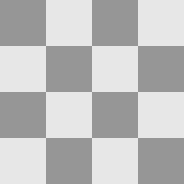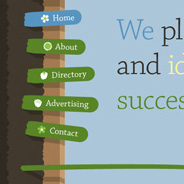Almost Single Page
Slate published an interesting article on Google’s Master Plan. When I got to the bottom of the article, I noticed they had a multi-page article breadcrumb.
Oh, one of those.
Like many ad-driven websites, they split the article into two parts because it will get them more ad impressions. Okay, whatever. But what’s this?



 I don’t know how many times I’ve redesigned this site over the past 4 years, but here’s another one, just launched this morning.
I don’t know how many times I’ve redesigned this site over the past 4 years, but here’s another one, just launched this morning. Aesthetics, organization, structure, compatibility, mobile-friendliness, best practices, minimalism, typography, color choice, drop shadows, rounded corners, responsiveness, usability, user experience, CSS3, HTML5, jQuery — none of those things is integral to what ultimately falls into the category of “good design”.
Aesthetics, organization, structure, compatibility, mobile-friendliness, best practices, minimalism, typography, color choice, drop shadows, rounded corners, responsiveness, usability, user experience, CSS3, HTML5, jQuery — none of those things is integral to what ultimately falls into the category of “good design”. In our industry, those who are well-trained in the principles and strategy of design (no, I don’t think I fall under that category) put much emphasis on the potentially powerful effect that a good design can have.
In our industry, those who are well-trained in the principles and strategy of design (no, I don’t think I fall under that category) put much emphasis on the potentially powerful effect that a good design can have. It’s been quite a start to this week since the publication of my article on Smashing Magazine called
It’s been quite a start to this week since the publication of my article on Smashing Magazine called